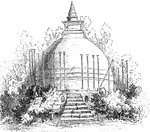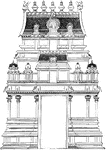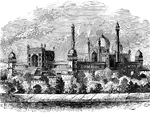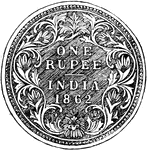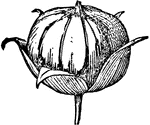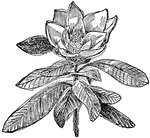
Magnolia
A genus of ornamental shrubs and trees, native to North America, China, India, Japan, and other portions…

Lotus Design
Very much resembles our pond lily with the exception that the color is of a brilliant purple on the…
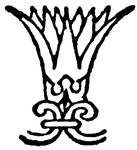
Lotus Design
Very much resembles our pond lily with the exception that the color is of a brilliant purple on the…

Lotus Design
Very much resembles our pond lily with the exception that the color is of a brilliant purple on the…

Lotus Design
Very much resembles our pond lily with the exception that the color is of a brilliant purple on the…

Lotus Design
Very much resembles our pond lily with the exception that the color is of a brilliant purple on the…
Scorpion or Spider
Chinese, viciousness, poison. In India it is believed that if a scorpion creeps over the body it causes…
Turtle Design
The tortoise or turtle border design is a design in which the figure of the tortoise is arrayed in a…

Tree Design
Sometimes called the tree of life. Always associated with religious belief. It symbolizes Divine power…
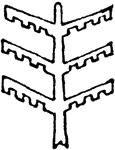
Tree Design
Sometimes called the tree of life. Always associated with religious belief. It symbolizes Divine power…
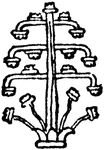
Tree Design
Sometimes called the tree of life. Always associated with religious belief. It symbolizes Divine power…
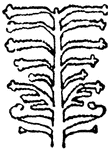
Tree Design
Sometimes called the tree of life. Always associated with religious belief. It symbolizes Divine power…

Oleander
A class of beautiful evergreen shrubs, known as rose laurel in France, and as rose bay in England. It…

Opium
The milky juice obtained fom the unripe capsules of several species of the poppy, which is rendered…

Orange
A class of fruit trees of the citrus genus, including several species. They are native to China, India,…

Radish
A fleshy plant grown extensively as a garden vegetable. It is thought to be native to India, where it…

Rice
An annual cereal plant native to India, but now extensively naturalized and cultivated for its seed.
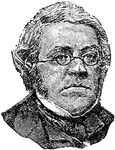
William Thackeray
A novelist and humorist, born in Calcutta, India, July 18, 1811; died Dec. 24, 1863.
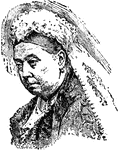
Alexandria Victoria
The queen of Great Britian and Ireland and emperess of India, born at Kensington Palace, May 24, 1819;…
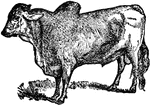
Zebu
A class of animals of the ox family, which are reared extensively from Japan to East Africa, but they…

Washington Coat of Arms
The Washington family coat of arms. It is possible that this design had an influence on the creation…

John Quincy Adams
The sixth President of the United States of America, John Quincy Adams. His face is shown in a seal…

Vasco da Gama
A Portuguese explorer who was the first person to sail direcctly from Europe to India.
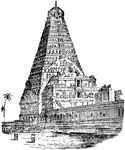
Temple, Tanjore
"The great pagoda at Tanjore is by far the grandest temple in India, resting on a base 83 feet suare,…

Temple, Pandrethan
"A temple built about 1000 A.D. It is unique because of its Gothic gablets and trefoil arches." —…
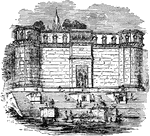
Ghat, Goosla
"The ghats, or landing places that line the banks of the rivers of Northern India, are often of great…
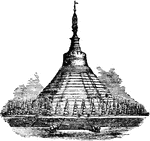
Pagoda, Shoemadoo
"The pagoda forms a very prominent feature in the architecture of Further India. A specimen of the Burmese…

Diving Dress
"The diving dress envelops the whole body of the diver, the upper portion a being the "helmet," the…

Puteli
A broad flat bottom boat, used for transporting the products of India down the Ganges. It is from 40…
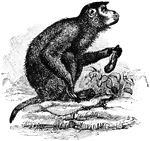
Rhesus Monkey
One of the sacred monkeys of India. It is 18 inches long, the tail 6 or 8 inches, and mostly of a yellowish…
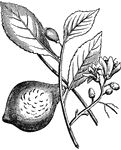
Citron
"A tree cultivated in the south of Europe, and other warm, temperate, or sub-tropical countries for…

Date Palm
"A genus of palms, the most important species of which is the common Date Palm, the Palm Tree of Scripture,…
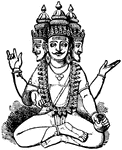
Brahma
"A Sanskrit word the Universal Power or ground of all existence, and also (in its masculine form with…

Dormoy's Rabble
"Dormoy's rabble differs from others of this class in being worked by rotation like a hair-brushing…

Dormoy's Rabble
"Dormoy's rabble differs from others of this class in being worked by rotation like a hair-brushing…

Tibet Coin
"Coin struck in Tibet, from specimen in India Library; inscribed "27th year (of cycle=1772 A.D.) from…

Stomach Pump
"It consists of a common metallic syringe, A, screwed to a cylindrical valve box, B, which contains…

Air-Pump
"The general scheme of Geisler's pump is shown here. A and B are pear-shaped glass vessels connected…
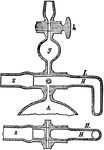
Air-Pump
"The general scheme of Geisler's pump is shown here. A and B are pear-shaped glass vessels connected…

Air-Pump
"This was invented in 1865 by H. Sprengel. The instrument, in its original (simplest) form, consists…
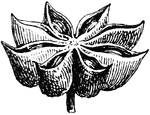
Star Anise
A chinese flower. It abounds in a volitale oil which gives it an aromatic flavor and odor. Used as a…
